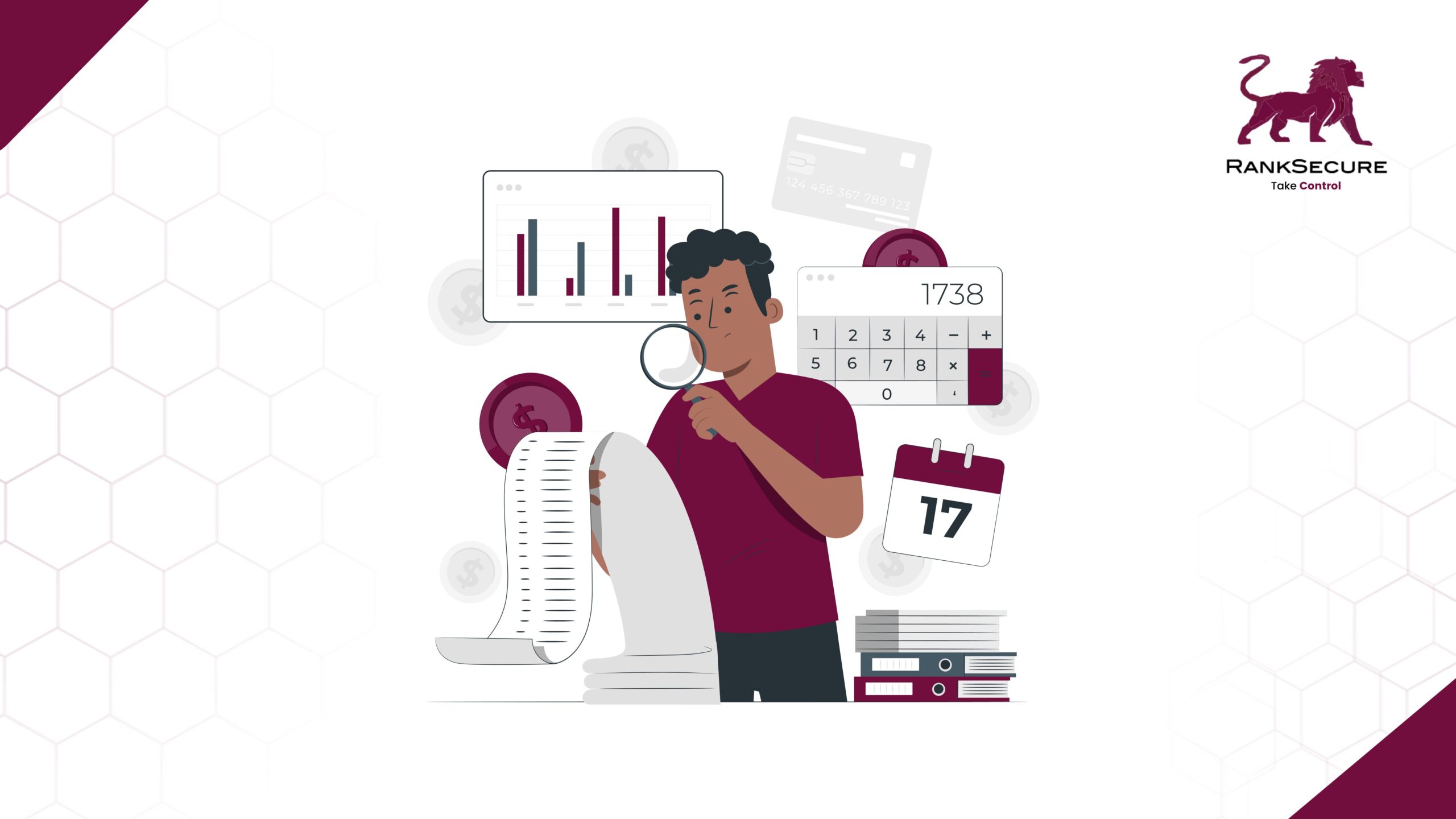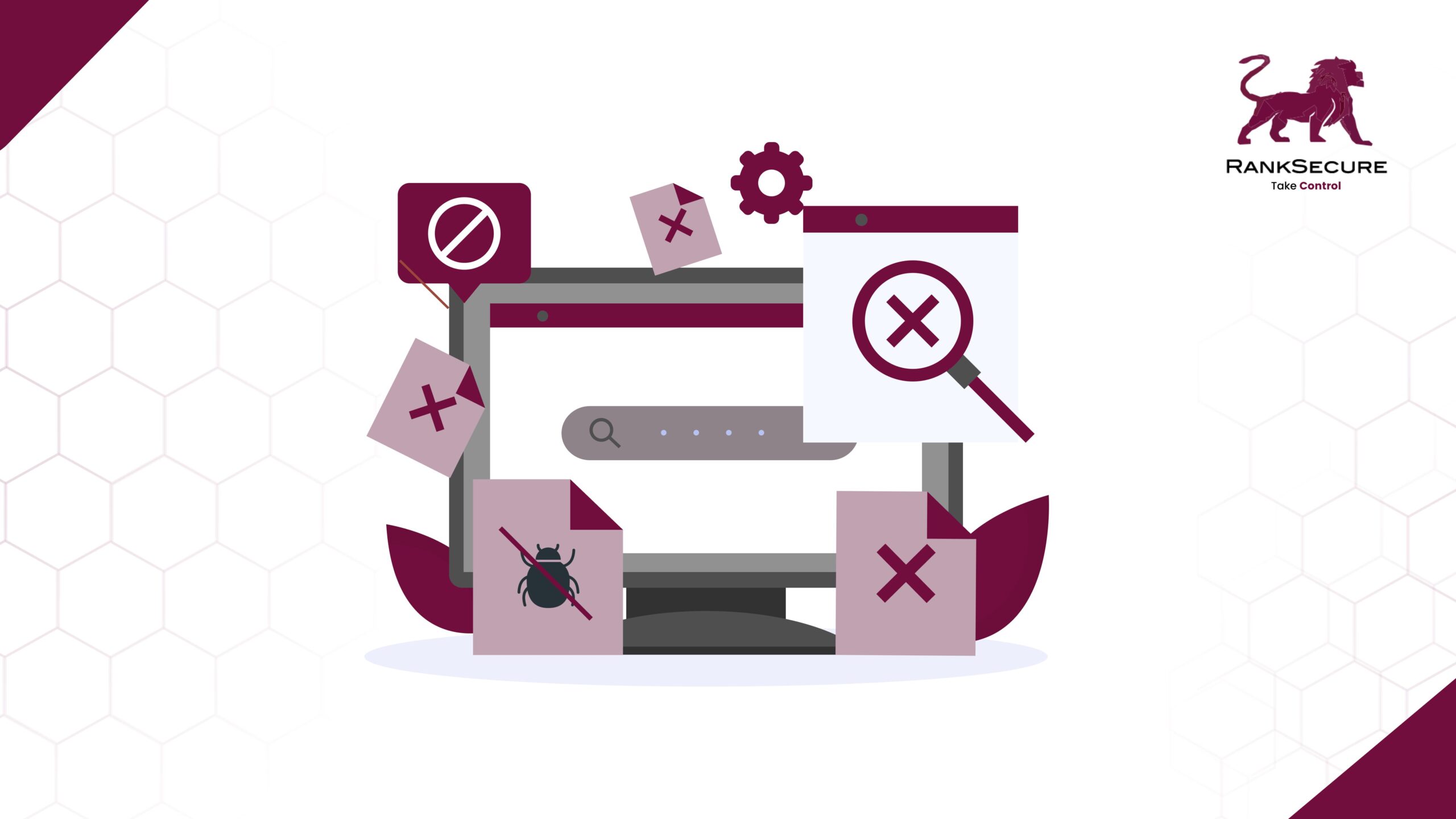When it comes to protecting your organisation, the terms risk assessment and vulnerability assessment are often thrown around—but what do they actually mean?
More importantly, how do you know if your organisation needs one, both, or neither?
In this blog, we’ll break down the nuances, explain when to use each, and offer insights that help you use risk and vulnerability assessments more effectively.
What’s the Difference Between Risk and Vulnerability Assessments?
When it comes to protecting your organisation, the terms risk assessment and vulnerability assessment are often thrown around—but what do they actually mean?
More importantly, how do you know if your organisation needs one, both, or neither?
In this blog, we’ll break down the nuances, explain when to use each, and offer insights that help you use risk and vulnerability assessments more effectively.
| Aspect | Risk Assessment | Vulnerability Assessment |
|---|---|---|
| Purpose | Identifies potential threats to your business operations and evaluates their impact. | Finds and fixes technical flaws in your systems, networks, or applications. |
| Scope | Broad, focusing on strategic risks across the organisation. | Narrow, focusing on specific technical weaknesses. |
| Approach | Long-term and strategic. Guides business continuity and security planning. | Short-term and tactical. Aims to remediate technical issues immediately. |
| Outcome | A prioritised roadmap to manage risks in line with your business goals. | A list of actionable fixes for technical vulnerabilities. |
A comparison table outlining the differences between Risk Assessment and Vulnerability Assessment.
When Should You Conduct These Assessments?
Timing is critical. Here’s when each assessment is most useful:
Risk Assessments
Conducted periodically, typically during strategic planning or after major organisational changes.
- Before launching a new product, assess potential threats.
- During mergers or acquisitions to evaluate risks in the new environment.
- Annually, as part of your cybersecurity and business continuity review.
Vulnerability Assessments
These should happen more frequently, especially after any changes to your systems.
- After a software update or infrastructure change.
- When new technologies are deployed.
- At least quarterly, so your organisation is prepared to defend potential threats.
Risk assessments focus on the big picture, while vulnerability assessments zoom in on technical flaws. They’re two sides of the same coin, working together to protect your business.
Do You Need Risk or Vulnerability Assessments?
It depends on your organisation’s needs. Here’s a quick way to decide:
Risk Assessment
Choose this if you want to understand how potential threats could impact your business operations, assets, or reputation.
Vulnerability Assessment
Opt for this if you’re concerned about exploitable flaws in your technology, such as software bugs or misconfigurations.
Combine them for a comprehensive cybersecurity strategy that addresses both strategic risks and technical weaknesses.
Risk Assessment Is The Macro Lens
Think of risk assessments as your strategic blueprint. They help you answer questions like:
- What could go wrong?
- How bad would it be if it happened?
- What can we do about it?
Key Takeaways:
- Focus on What Matters Most: Prioritise risks that could significantly impact your business, like customer trust or operational continuity.
- Prepare for Real-World Impacts: Understand the consequences of a breach on critical areas, from financial systems to reputation.
- Plan for the Long Term: Risk assessments align your cybersecurity efforts with business goals, ensuring you don’t just patch issues but also future-proof your strategy.
Vulnerability Assessment Is The Micro Lens
If risk assessments tell you what could go wrong, vulnerability assessments focus on where attackers could get in. This process identifies flaws like:
- Open ports or misconfigured firewalls.
- Software bugs that allow SQL injection or privilege escalation.
- Gaps in your endpoint protection against modern threats.
Penetration testing further validates the findings of a vulnerability assessment by actively attempting to exploit weaknesses, ensuring that your defenses are robust enough to handle real-world attacks.
Key Takeaways:
- It’s Not a One-Time Task: New vulnerabilities are discovered daily. Frequent scans are essential to stay protected.
- Prioritise Critical Issues: Not every vulnerability is a real threat. Focus on those with the highest potential impact.
- Don’t Overlook Hidden Threats: Go beyond known vulnerabilities to identify zero-day risks and misconfigurations.
Individually, these assessments are valuable. Together, they’re unstoppable. Risk assessments provide the strategic direction, while vulnerability assessments handle the tactical execution.
A risk assessment might identify customer data as a high-value asset requiring protection.
A vulnerability assessment would then scan your systems to ensure the databases storing this data are secure.
At RankSecure, we specialise in penetration testing, vulnerability analysis, and risk assessment services. Whether you need a risk assessment, a vulnerability assessment, or both, our experts can guide you every step of the way.







